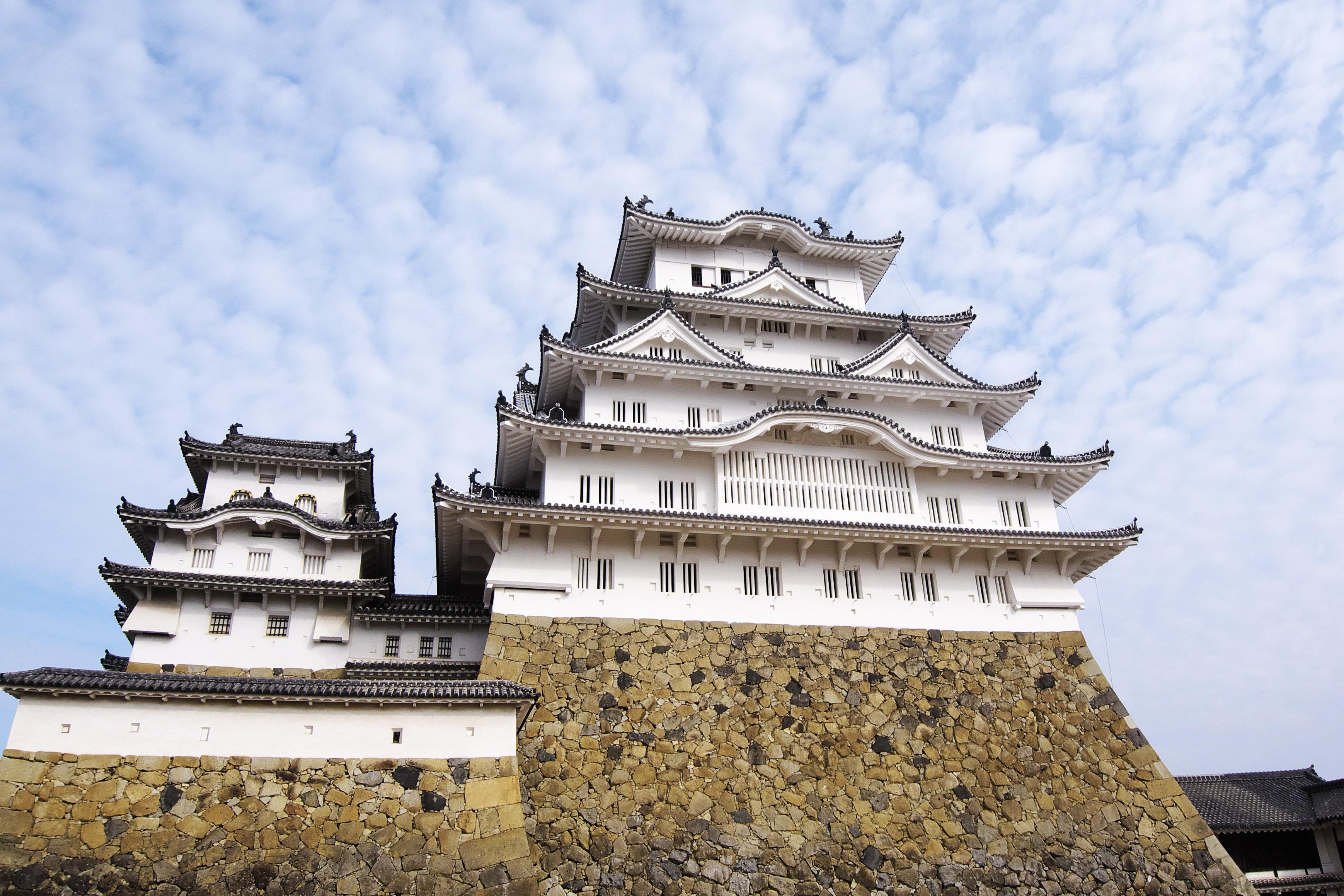Small ship experiences differ from those on ocean cruises. And given today's climate, who wouldn't be more comfortable on a ship that maxes out at 126 passengers. This is fewer than on most river cruises! The advantages of unpacking once, having the ship do all of the traveling for you, while you sleep, and accessing many ports that the larger cruise lines can't, are priceless.
Lindblad's Coastal Japan: Imperial Dynasties and Modern Culture voyage does just that. (September 8, 2022 and September 3, 2023)
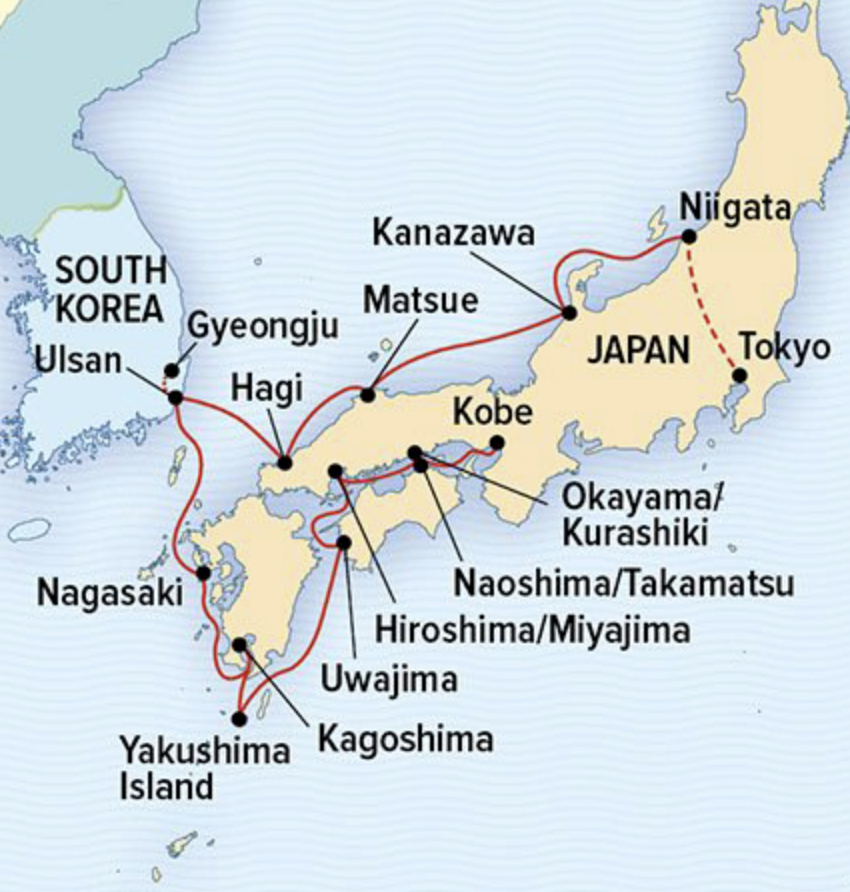
Step back in time on a voyage into Japan's riveting history, from the historic castle towns of the Edo period to the elegant shrines and merchant districts of the Meiji era, to the poignant sites of World War II. As we trace the shores of Honshu and the islands of the Seto Inland Sea aboard the National Geographic Resolution, venture into the homes of samurai and feudal lords and discover exquisite centuries-old gardens and temples. Take a detour to South Korea to spend a day exploring the ancient city of Gyeongju and explore Japanese artistic traditions of the past and present.
Day 1-2: U.S. / Tokyo, Japan
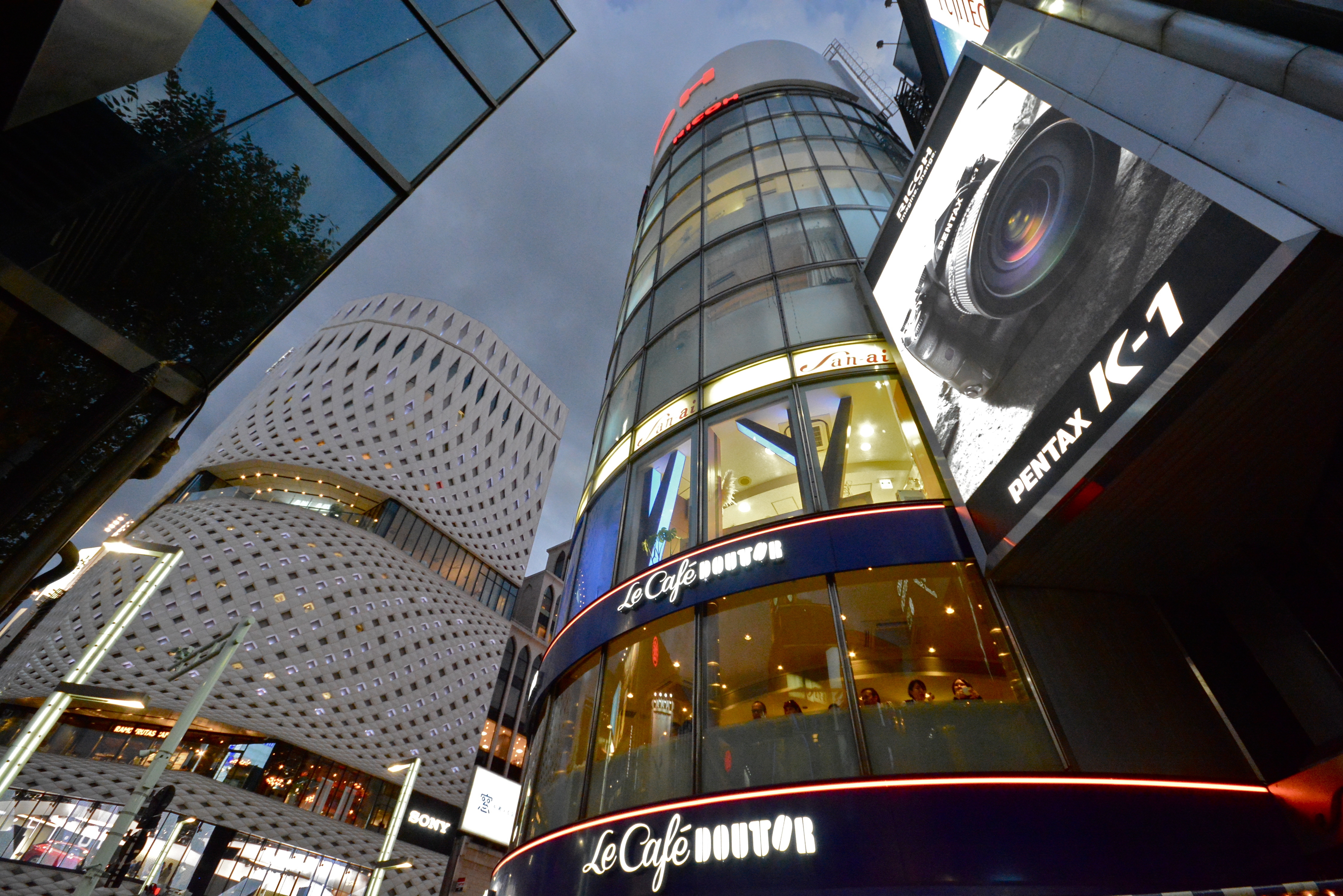
Depart on an overnight flight to Tokyo and transfer to our hotel, located steps from the lively Ginza district. (D)
Day 3: Tokyo
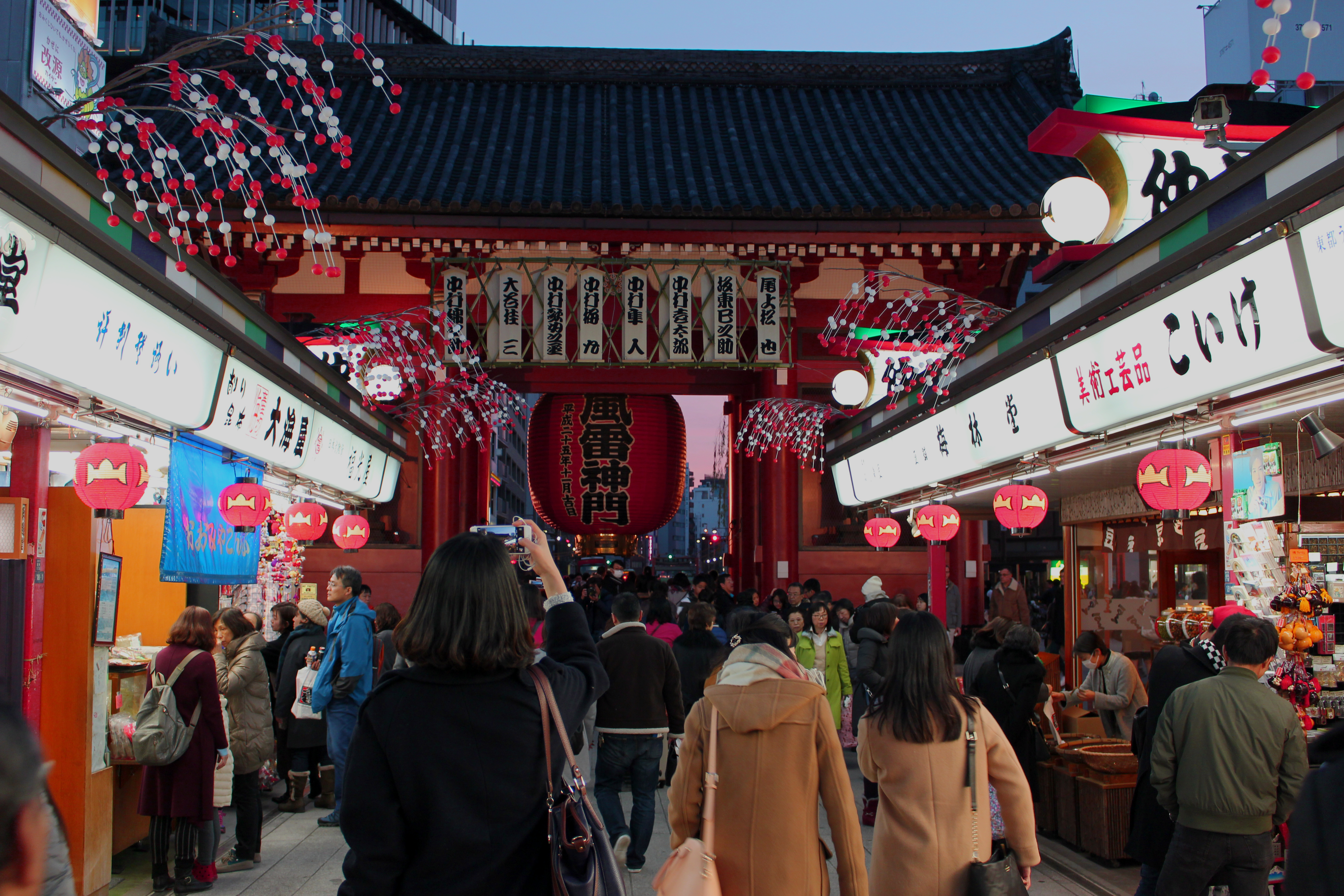
Enjoy a full day to get to know this vibrant city, the capital of Japan since the Meiji Restoration in 1868. Visit Meiji Jingu, a Shinto shrine dedicated to Emperor Meiji, who brought an end to Japan’s long feudal period. Visit the Edo-Tokyo Museum, then meander through the historic Asakusa neighborhood around Tokyo’s oldest temple, Senso-ji. Gather tonight for a welcome dinner. (B,L,D)
Day 4: Tokyo/Niigata
Zip north on Japan’s famous bullet train to Niigata, a port city on Honshu’s northwestern coast where the National Geographic Orion (National Geographic Resolution in 2022) awaits. Settle into your cabin as we take to the Sea of Japan. (B,L,D)
Day 5: Kanazawa
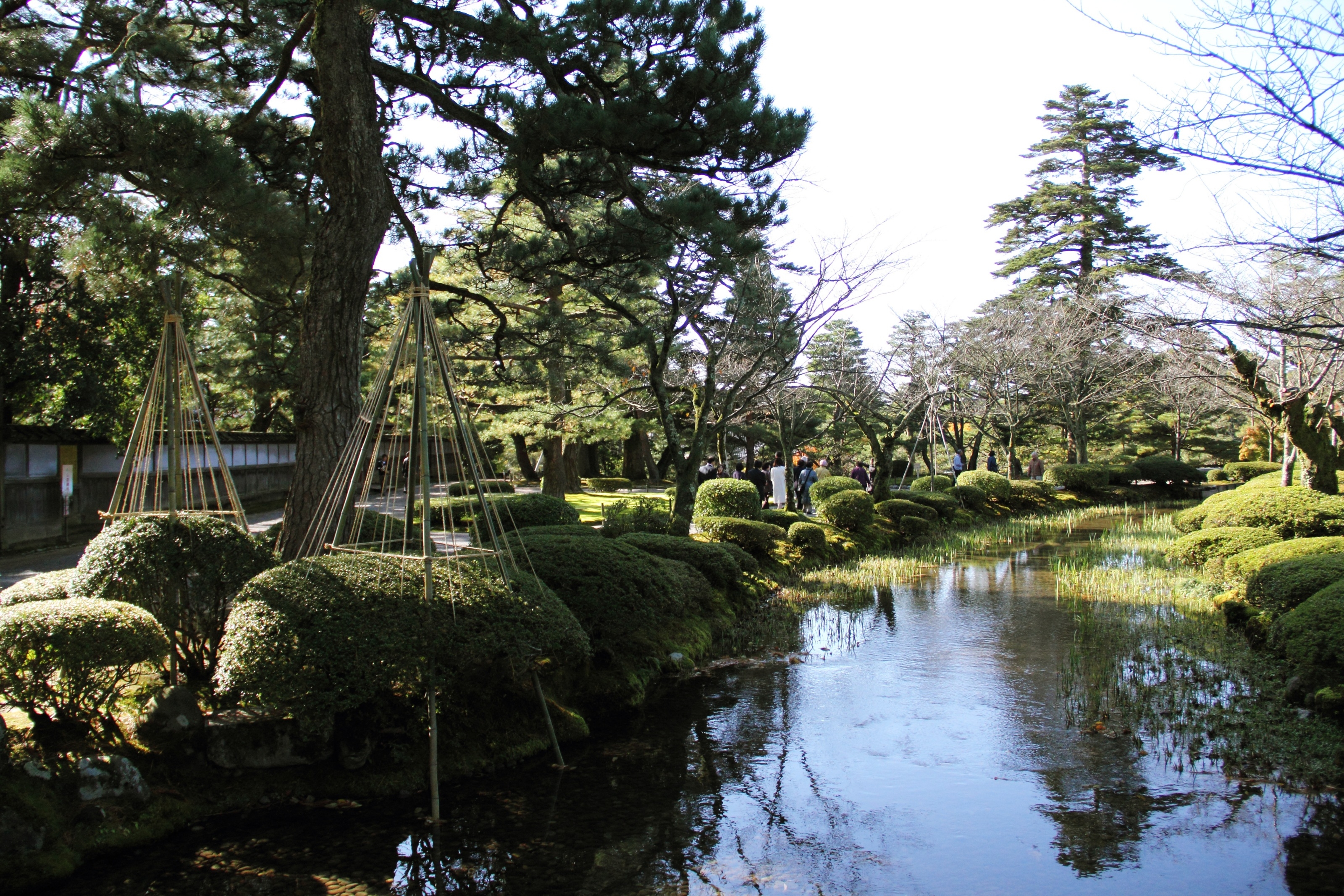
Step into Old Japan in Kanazawa, once a powerful city ruled by the Maeda clan. Stroll past the lovely wooden homes of the samurai in the Naga-machi district, where the streets are intentionally narrow and winding to confuse enemies. Then explore the geisha and teahouse district of Higashi Chaya Machi. Next, wander the pathways of Kenroku-en, one of Japan’s designated “three best landscape gardens,” established in 1676 by the Maeda family and developed over 150 years. (B,L,D)
Day 6: Matsue
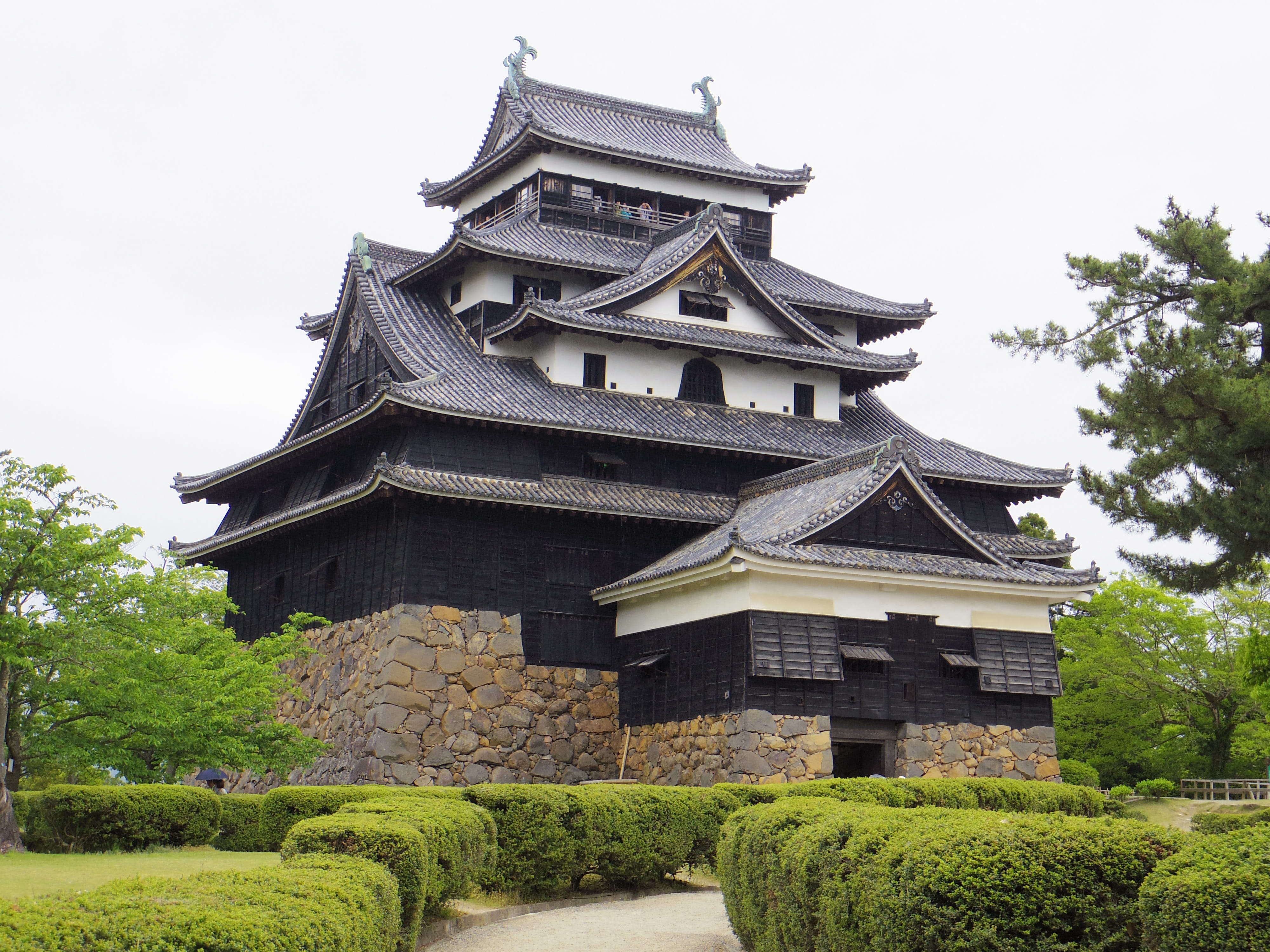
Follow the coast west to Matsue, situated between a lake, a lagoon, and the sea. Tour the 17thcentury Matsue Castle built as a defensive fortress, and discover its clever design elements intended to foil the enemy. Continue to the Adachi Museum of Art, which blends an impressive collection of 20th-century Japanese art with a gem-like traditional garden. (B,L,D)
Day 7: Hagi
In the castle town of Hagi, known for its fine ceramic arts, tour the historic district, once home to wealthy merchants and samurai. Stroll past serene rows of stone lanterns at the town’s two Zen Buddhist temples, where the feudal lords of the powerful Mori clan were laid to rest. This afternoon, we chart our course for the Korean Peninsula. (B,L,D)
Day 8: Ulsan, South Korea / Gyeongju
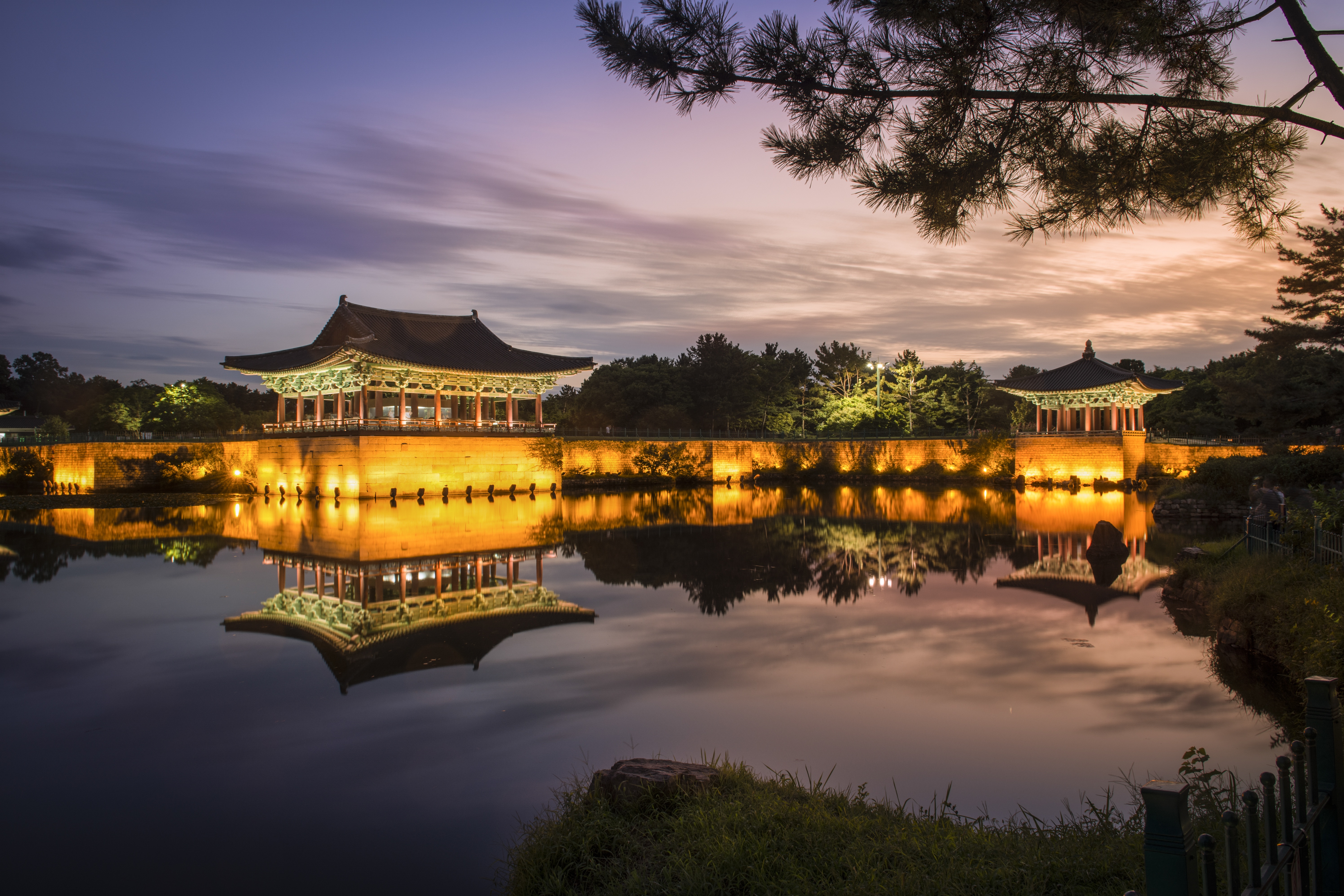
Dock in Ulsan, and travel to Gyeongju, the ancient capital of the Silla kingdom and the crown jewel of Korea’s cultural heritage. Packed with the ruins of temples, pagodas, and palaces dating back more than a thousand years, the historic areas of the city have been collectively designated a UNESCO World Heritage site. Visit Bulguksa Temple, a masterpiece of Silla architecture originally built in 528 A.D. At the Gyeongju National Museum, examine jewelry, weapons, and other Silla artifacts. See Cheomseongdae, a seventh-century observatory, and wander among towering royal burial mounds. (B,L,D)
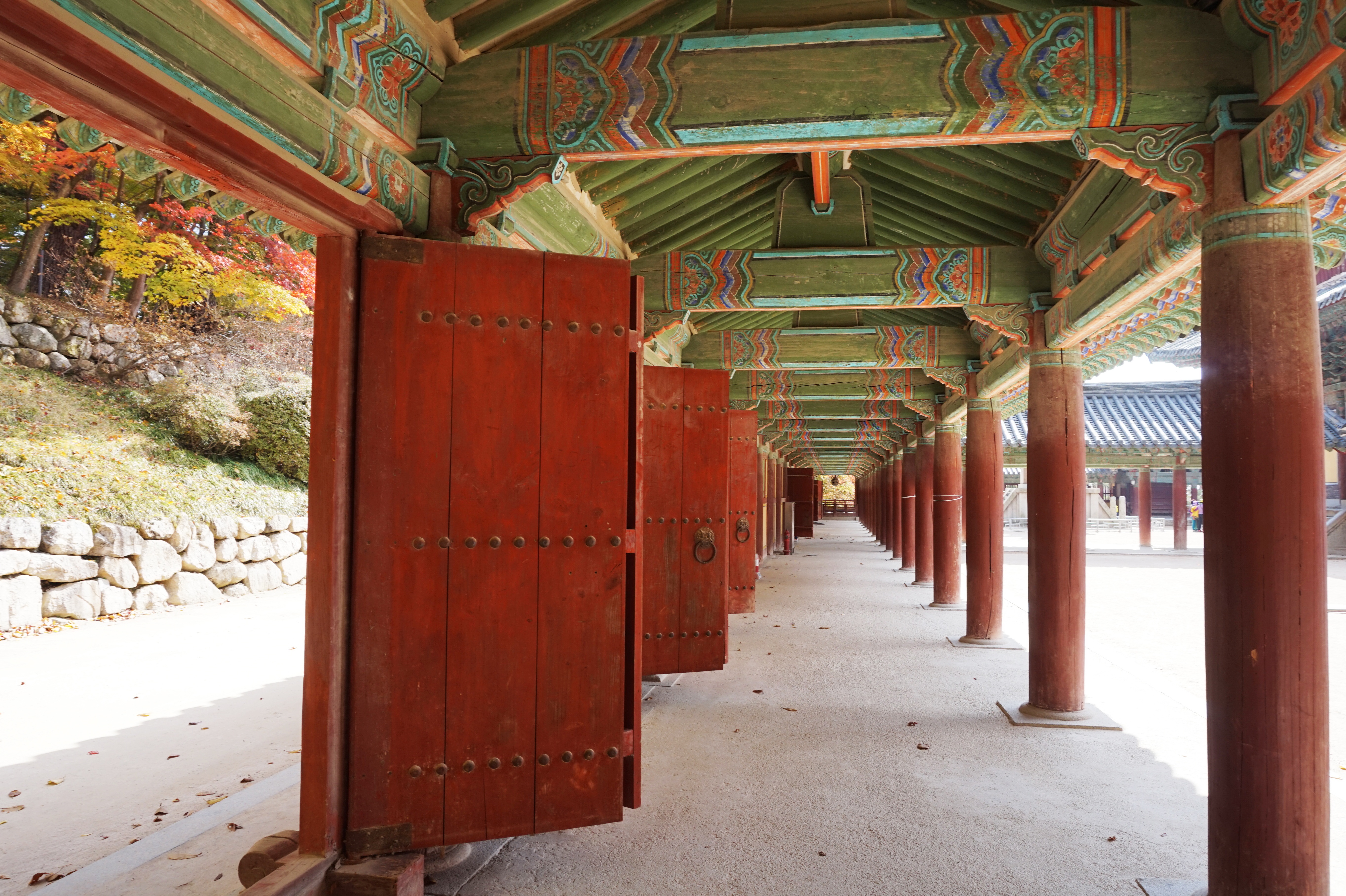
Day 9: Nagasaki, Japan
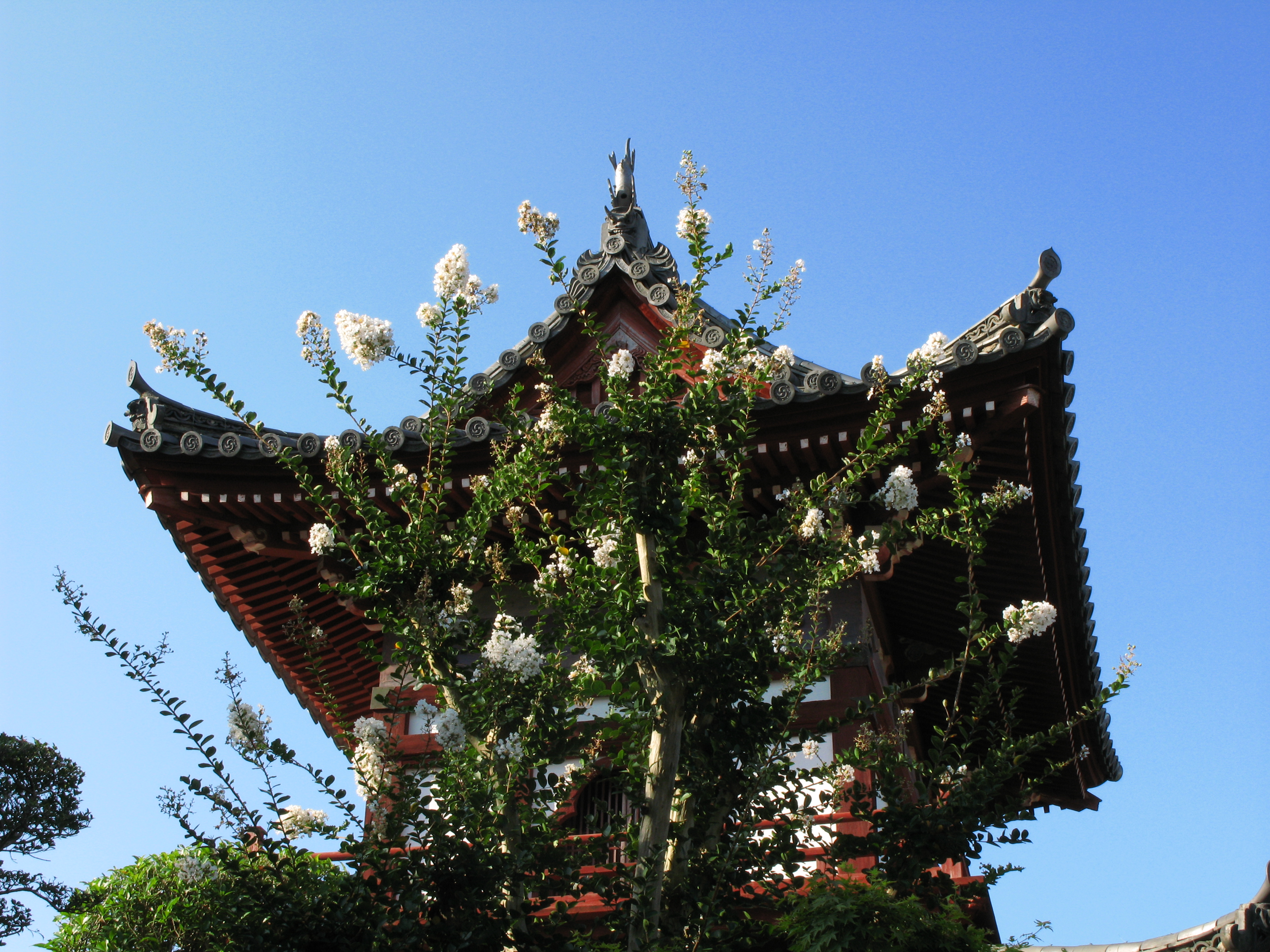
Long before World War II, Nagasaki was a cosmopolitan trading center, drawing merchants from Europe and China to its picturesque harbor as early as the 1500s. Visit Oura Cathedral, the oldest Christian church in Japan, and venture into Sofukuji, a 400-year-old Ming-style Zen Buddhist temple. Visit Nagasaki Peace Park, where a poignant exhibition illustrates the aftermath of the atomic bomb drop on the city, and see the somber monument erected at ground zero. (B,L,D)
Day 10: Kagoshima
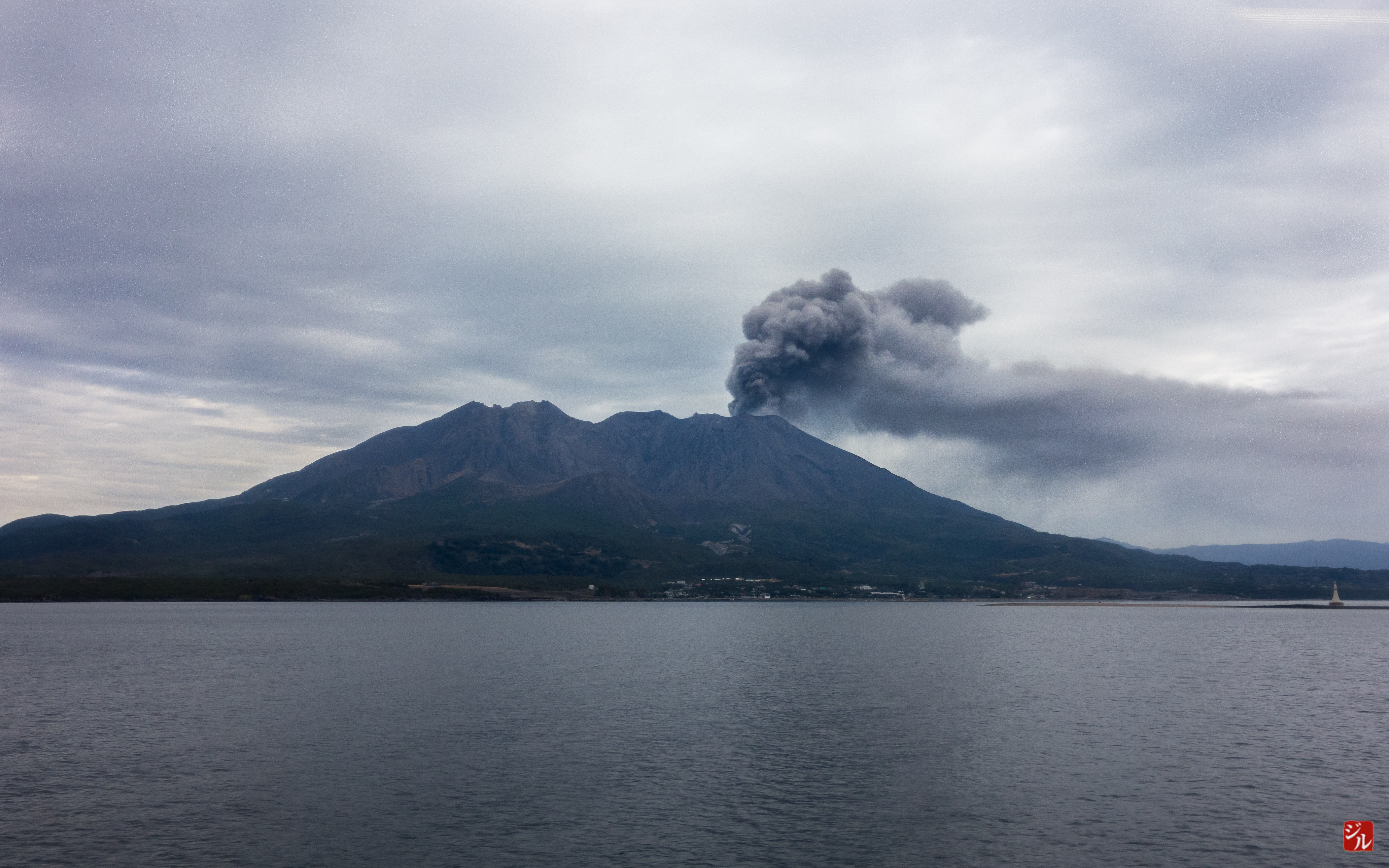
At the southern end of Kyushu, the city of Kagoshima sits just across the bay from the active volcano Sakurajima. Take a walk in Sengan-en Garden, designed by the city’s ruling Shimadzu clan in 1658 to incorporate the bay and its simmering volcano. After lunch, travel along the Satsuma Peninsula to the village of Chiran, where the samurai designed gardens inspired by their travels. (B,L,D)
Day 11: Yakushima Island
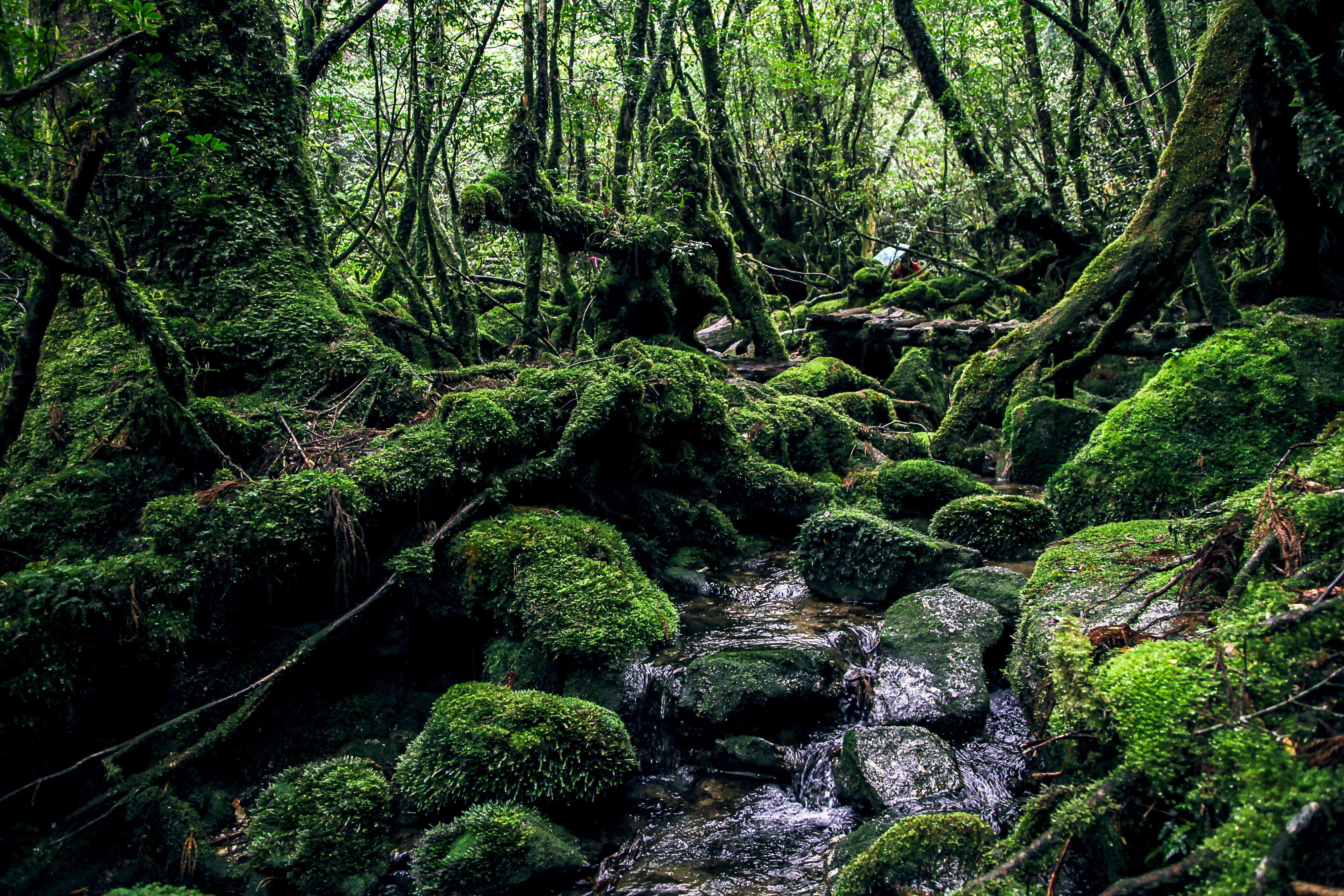
The diverse ecology of Yakushima Island, including a subtropical coast and temperate rainforest in the interior, has earned this island World Heritage status. On a hike, discover the island’s ancient yakusugi cedar trees, many of which date back more than a thousand years. Our ship turns north toward the island of Shikoku this evening. (B,L,D)
Day 12: Uwajima / Uchiko
Rise early for a morning hike to Uwajima Castle, one of just 12 original Edo-period castles that remain intact. Continue to Uchiko, once a center of wax production. Take a walk in the town’s wellpreserved Yokaichi district, where beautifully crafted wooden merchant homes recall the prosperity of the Meiji period. (B,L,D)
Day 13: Miyajima / Hiroshima
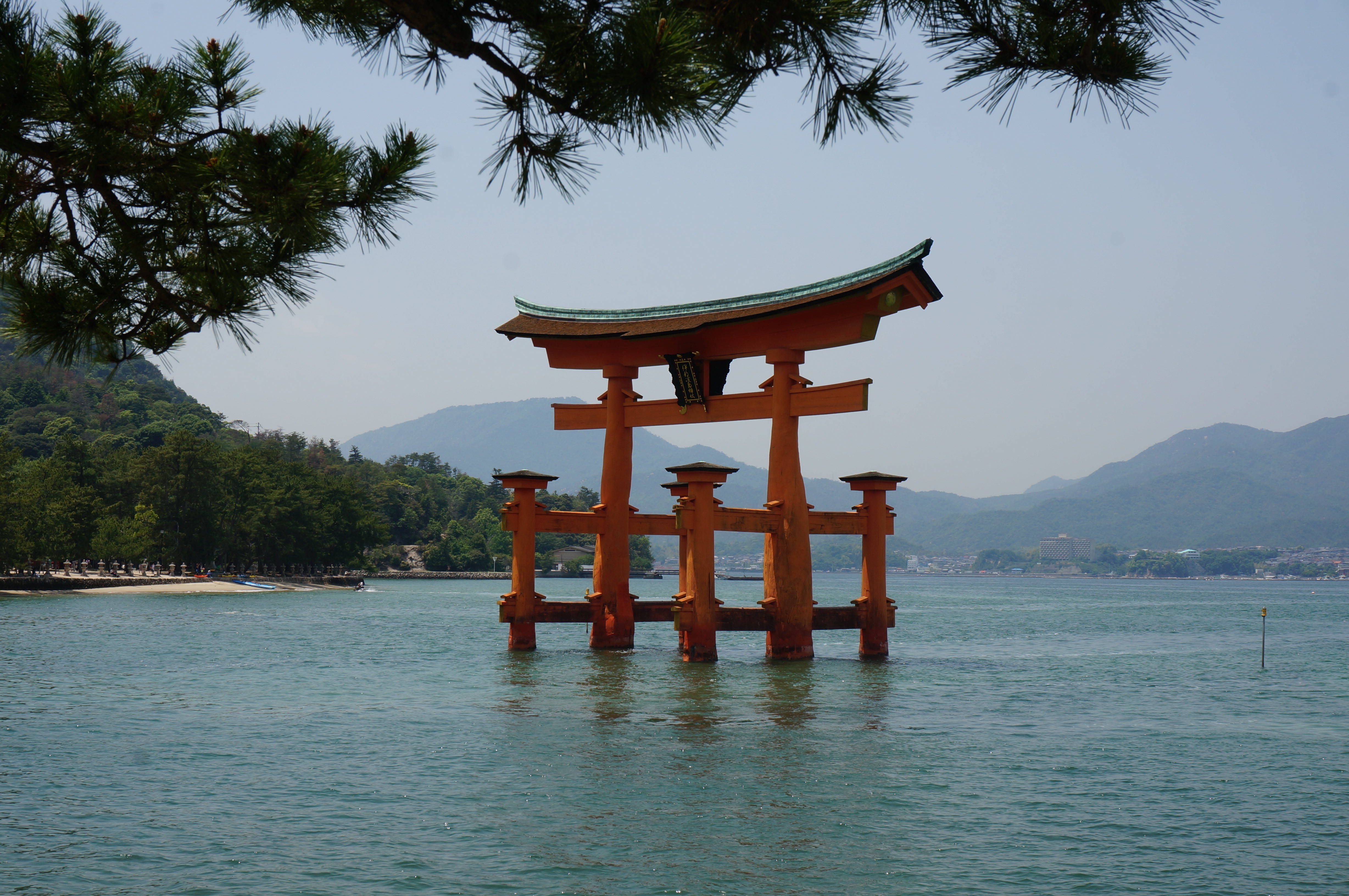
Start the day on the island of Miyajima, home of Itsukushima Shrine, a UNESCO World Heritage site known for its red torii gate that seems to float atop the water at high tide. In Hiroshima, visit the Peace Memorial Park. See the A-Bomb Dome, one of only a few buildings left standing after the attack, and learn about the city’s dedication to peace following World War II. (B,L,D)
Day 14: Naoshima / Takamatsu
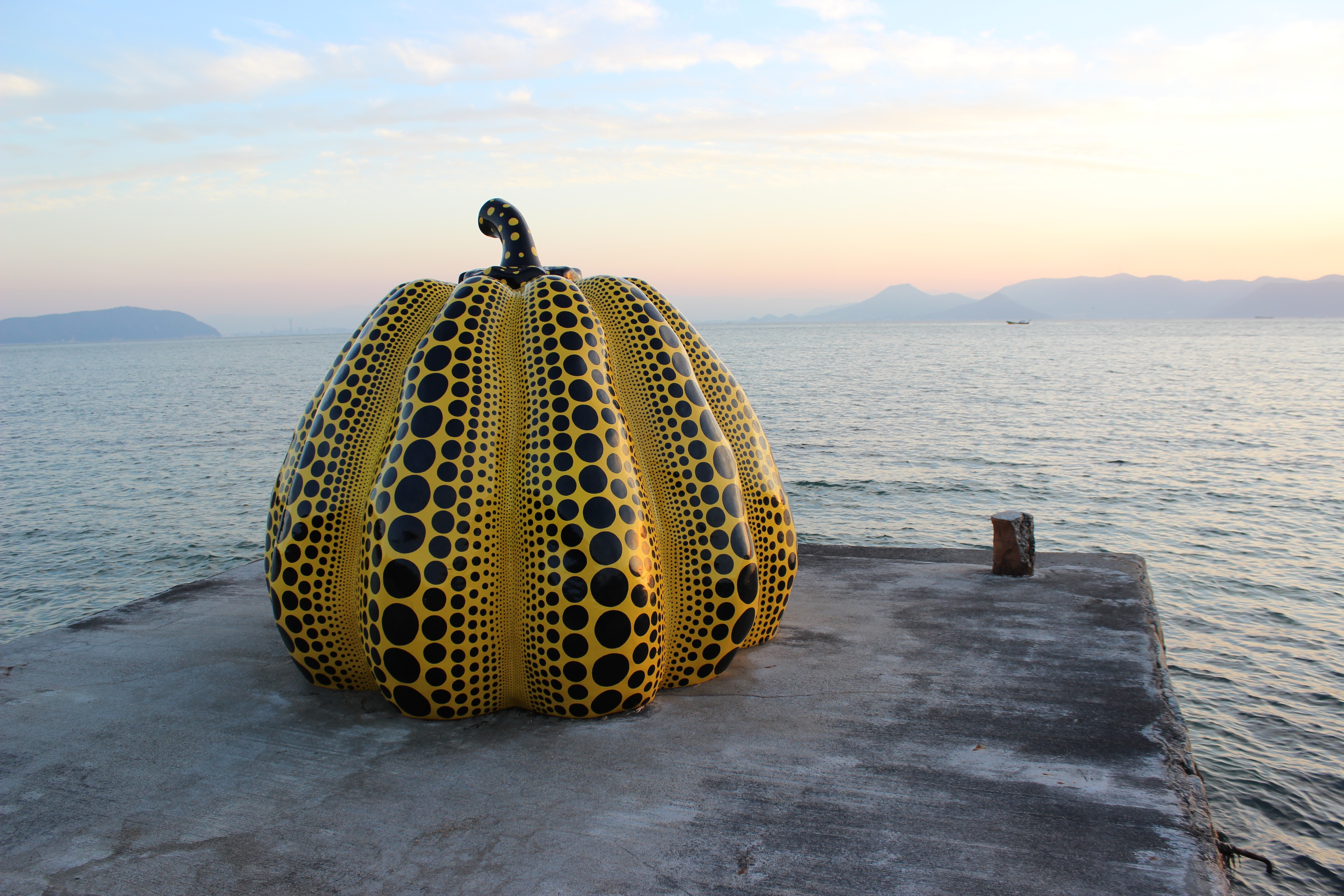
The small island of Naoshima was transformed from a dwindling community to a vibrant art center by Benesse Holdings, which began inviting artists and architects to create a hub for the arts in the early 1990s. Discover the island’s cutting-edge creations, from an underground museum designed by renowned architect Tadao Ando to the famous polka-dotted pumpkins of Yayoi Kusama. After lunch, cross to Takamatsu on Shikoku Island. Explore Shikoku Mur, an open-air museum that showcases traditional building styles. End the day at the Noguchi Garden Museum, which features the sculptures and workshop of Japanese-American artist Isamu Noguchi. (B,L,D)
Day 15: Okayama / Kurashiki
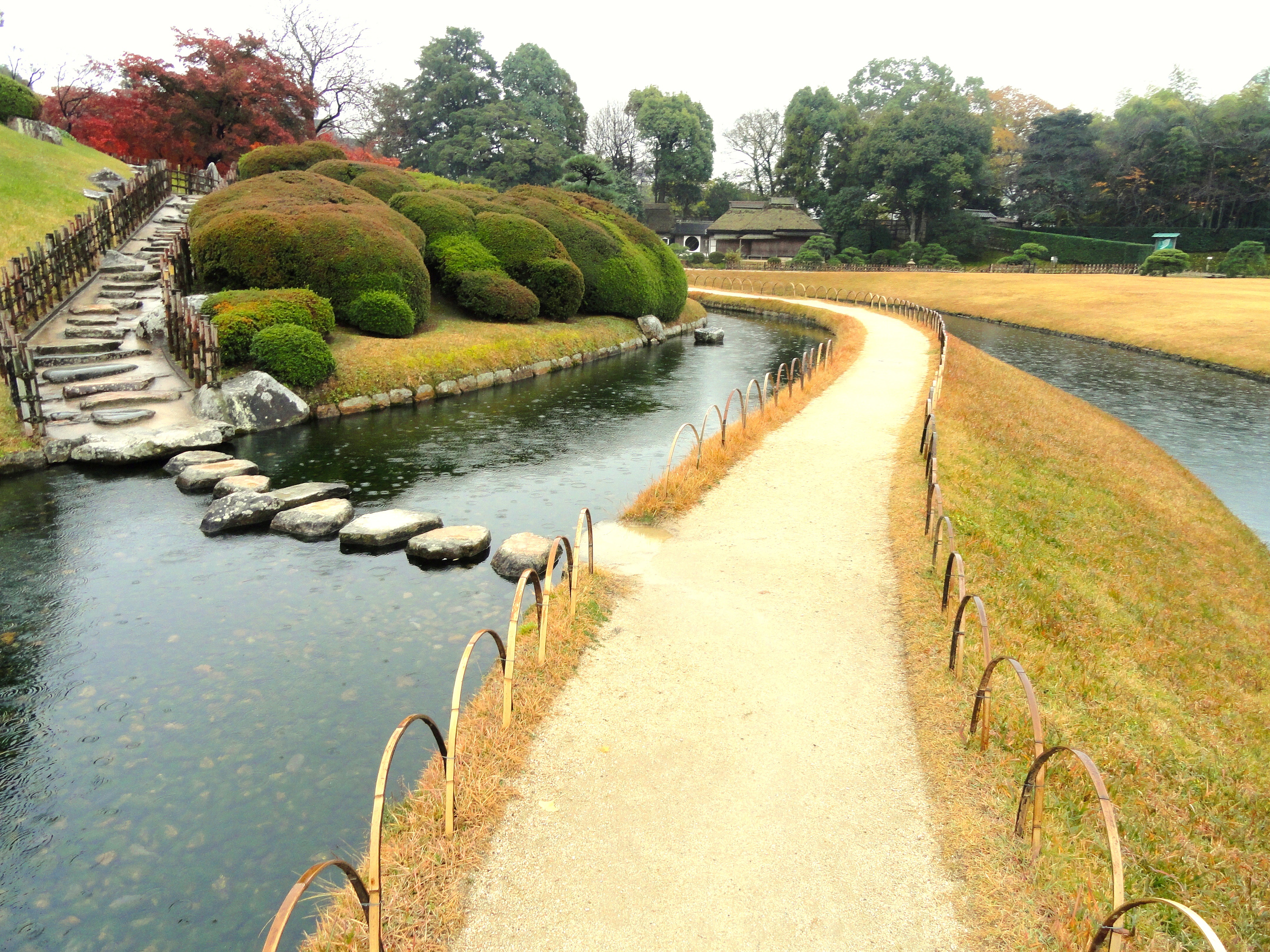
Dock in Okayama and head for our second of Japan’s “three best landscape gardens”: Korakuen. Wander paths that wind along forest streams and past traditional teahouses tucked amid mapleand cherry trees. See the black-walled Okayama Castle, before continuing to the former shipping center of Kurashiki, where centuries-old rice granaries line a lovely canal. Browse local handicrafts, and visit the renowned Ohara Museum of Art and the 18th-century Ohashi House. (B,L,D)
Day 16: Kobe / Osaka / Home
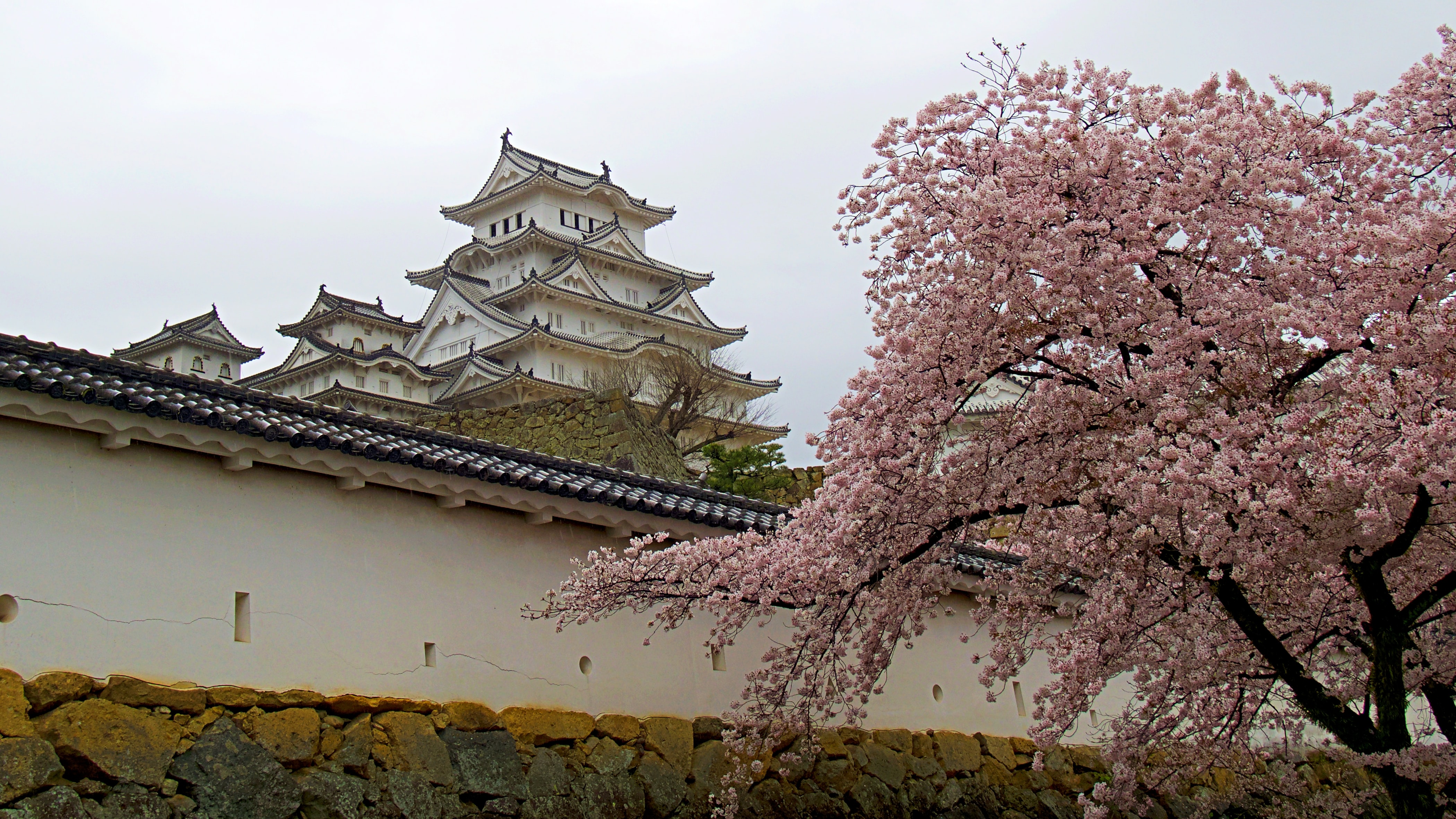
This morning disembark in Kobe. Pay a visit to 17th-century Himeji Castle, a UNESCO World Heritage known as the White Heron Castle. After lunch, transfer to the airport in Osaka for your flight home. (B,L)
Not your cup of tea? Consider a small-group rail journey or a bespoke private land journey through Japan.

